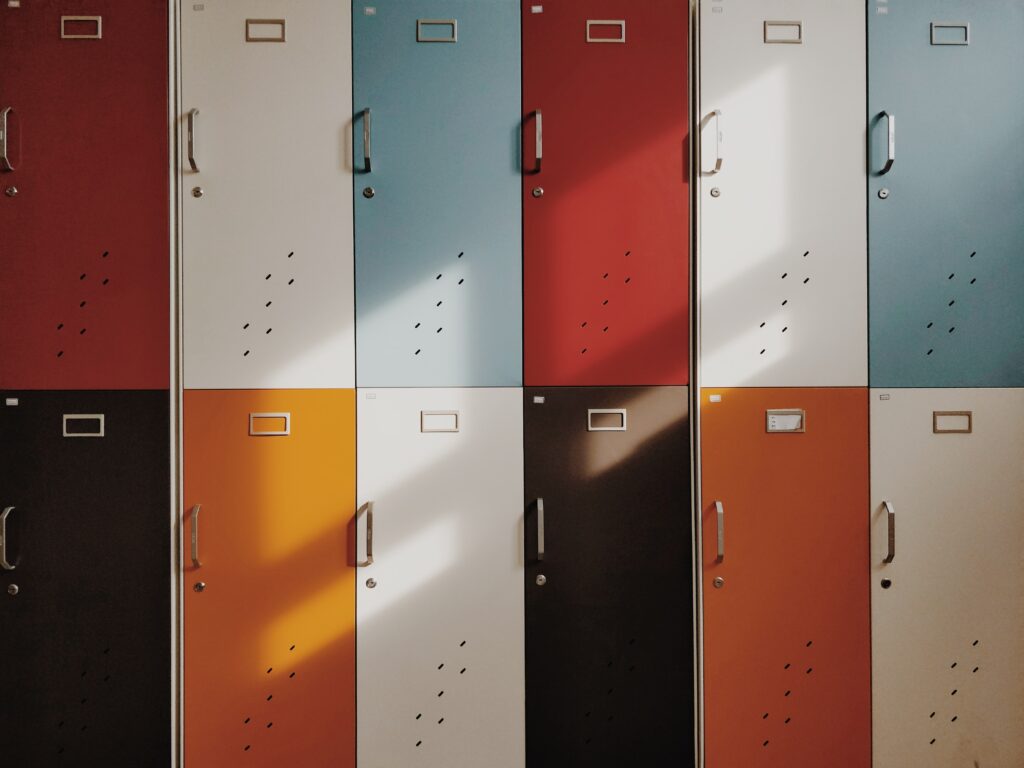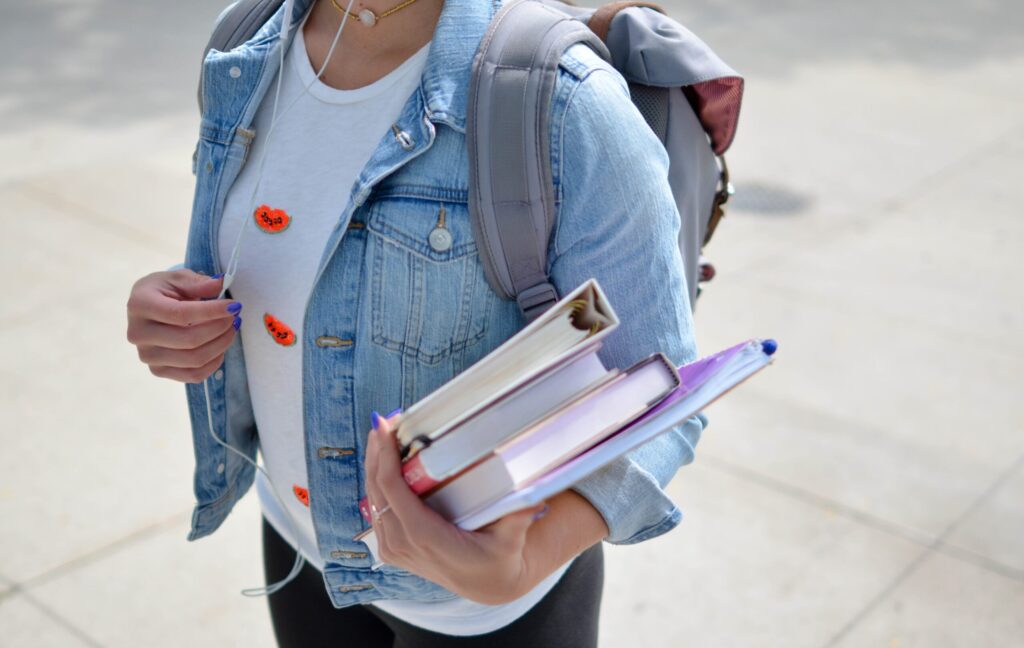As state lockdowns lift, schools reopening for the fall semester is a popular topic among many parents, government officials; and others debating the risk of sending children back to school during COVID-19.
With the United States reaching almost 5 million confirmed coronavirus cases, it begs the question: Is school reopening the safe way to go?
Though many districts are planning outlines for remote learning, President Donald Trump continuously pushes for schools to reopen with in-person instruction for the fall semester. As evidence suggests that children are not significant transmitters of COVID-19, many are weighing the pros and cons of sending their children back to school and the likelihood of contracting the coronavirus, directly or indirectly.
In a coronavirus-focused press conference on July 23, Trump stated “Every district should be actively making preparations to open… This is not about politics.” However, with this steady push enforced by the Trump administration, school reopening has now been linked to politics rather than the safety of public health.
Based on negotiations between the White House and Republican legislators, almost half of funds for K-12 schools in the COVID-19 aid package are unavailable to schools that do not reopen for in-person learning.
Within the CDC’s newly-published guidelines for a safe return to school, the agency describes the critical role schools play in supporting a child.
Entailed in this guideline are critical points for administrators to bear in mind. Such points include communicating, educating, and reinforcing appropriate hygiene and social distancing practices; implementing multiple mitigation strategies (i.e., social distancing, cloth face coverings, hand hygiene, and use of cohorting); and making decisions that take into account the level of community transmission.
The CDC also explains why school reopening for in-person instruction is so important by providing explanations such as schools’ critical role in the well-being of communities; crucial provision of critical and academic support to children; the benefits of in-person instruction for students with additional needs; and the enhancement of social and emotional health of students through schools.

In a New York Times article by Abby Goodnough, it was explained by Dr. Redfield that “the agency believed it was important because ‘parents and teachers and decision makers’ needed to understand some of the negative consequences of keeping children home. They include putting children at higher risk of ‘physical, sexual, and emotional maltreatment and abuse,’ the statement said, adding that closing schools disproportionately harms low-income and minority children and those with disabilities.”
As school reopening will aid students from low-income households and those with disabilities, there is little choice for students from these backgrounds other than going back to school.
As parents debate the consequences of sending their children back to educational facilities, the reality facing many is whether they can afford it.
Parents with high socioeconomic lifestyles easily have the funds to pay for babysitters, nannies; or even tutors to help fund their children’s education from home. Not to mention belonging to a higher socioeconomic background means better school districts that gain a larger amount of funding to provide better safety precautions for school reopening.
For students in areas where schools lack the funding to implement proper safety procedures or have lacking facilities that could impact their health, they’re at a higher risk of contracting COVID-19; and then risk passing it on to their family members, teachers, or fellow students. For this reason, many teachers have begun to protest school reopening plans.
On August 4, teachers in New York City — an epicenter of the coronavirus — marched from the United Federation of Teachers Headquarters to the New York City Department of Education offices in Lower Manhattan. The issues for their protest were the lack of ventilation (many classrooms lack air conditioning and windows often don’t open); feeling a lack of safety; and the delay with COVID-19 testing.
With these ongoing debates as to how schools will reopen, whether it be online, in-person, or hybrid classes; the worries from parents, teachers, and administrative officials are constant as they wish for students to remain safe and healthy.
If schools were to reopen, many districts have stated that the average classroom size will decrease, desks will be six feet apart, there will be different start and end times for students, and more.
During these times, it is best for everyone to stay aware of the decisions being made by the administrative officials in their area because schools reopening does not only impact students, parents, or those making decisions, but it impacts everyone in the community.
Header image by Element5 Digital
About the Author
You may also like
-
Find Your Third Place at an Independent Cafe
-
Lattes & Confessions: Why Cafes Are the New Third Place
-
6 Social Clubs for Black Professionals to Hang Out, Network, and Enjoy Their Free Time
-
Easy Activities to Bond with Loved Ones Around the Holidays
-
Identifying Corporate Sustainability You Can Actually Trust

